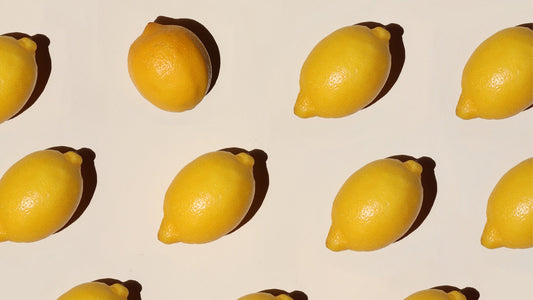While many of us reach for a coffee or tea to get our caffeine fix, these traditional brews aren’t the only sources of this popular stimulant. The world of caffeine extends beyond the coffee pot and teacup. Discover an array of foods that might just be giving you that unexpected jolt!
A Quick Peek into Caffeine's Popularity
Caffeine is arguably the world's most consumed psychoactive substance. Its energy-boosting properties are well-loved, helping many start their day or push through that afternoon slump. But you might be surprised by the myriad sources of this stimulant lurking in our food supply.
Foods with Hidden Caffeine
1. Chocolate
Overview: The darling of desserts, chocolates contain varying amounts of caffeine, primarily due to the cocoa beans.
Caffeine Content: Dark chocolate can have up to 35mg of caffeine per 2 ounces, while milk chocolate usually contains less, averaging around 20mg per 2 ounces.
2. Energy Drinks
Overview: Marketed as stamina and vitality boosters, energy drinks can pack a caffeine punch.
Caffeine Content: Averaging between 50mg to 250mg per can, but some can contain much more. Always check the label!
3. Soda
Overview: Colas and some other sodas have caffeine added for taste and its stimulating properties.
Caffeine Content: Generally, between 24mg to 46mg per 12 ounces, but it can vary by brand.
4. Ice Cream and Yogurt
Overview: Some ice creams, particularly those flavored like coffee or chocolate, contain caffeine.
Caffeine Content: A coffee-flavored ice cream can have between 30mg to 45mg of caffeine per serving.
5. Weight-Loss Pills & Pain Relievers:
Overview: Caffeine is added to boost metabolism or increase alertness.
Caffeine Content: Dosages can vary significantly but can range from 40mg to 200mg per pill.
6. Caffeinated Snacks:
Overview: From caffeine-infused jelly beans to waffles, a new wave of snacks brings the buzz right to your snack time.
Caffeine Content: Varies widely based on the snack, but some pack as much as a cup of coffee per serving!
Why is Caffeine Added to Foods?
Caffeine isn't just added to products on a whim; its inclusion is strategic and often serves multiple purposes from flavor enhancement to increasing metabolism.
1. Flavor Enhancement: In beverages like colas, caffeine adds a distinct flavor. Its slightly bitter taste can enhance other flavors and add depth to a product.
2. Physical Alertness: The stimulant properties of caffeine can wake up the brain, making consumers feel more alert and energetic. This property is particularly appealing in products like energy drinks or morning snacks, aiming to give users a quick boost.
3. Metabolism Boost: Some weight loss products contain caffeine due to its ability to speed up metabolism, even if slightly. The idea is that this could potentially help with burning calories and fat more efficiently.
4. Improved Concentration: Caffeine's capacity to improve focus and concentration makes it a sought-after ingredient in products marketed towards students, professionals, and anyone needing enhanced mental clarity.
5. Psychological Appeal: The "buzz" or "kick" of caffeine can be psychologically appealing. For some, the sensation of being invigorated by a product can lead to repeat purchases, building brand loyalty.
6. Preservation: Though not its primary use, caffeine’s antioxidant properties can help in preserving the shelf life of certain products by preventing oxidation.
Understanding the reasons behind caffeine's inclusion can give consumers a clearer picture of what they're consuming and why they might feel the way they do after eating or drinking a product. As always, checking labels and being informed is the key to making choices that align with one’s health and wellness goals.
Conclusion
Next time you're experiencing that unexpected afternoon energy spike, consider your entire diet. The caffeine culprits might be hiding in plain sight, beyond the confines of your coffee mug or teacup. Being informed can help you manage your caffeine intake and make wiser food choices for your energy needs.




